Advertisement
Businesses today rely on cloud-based tools to manage operations, customers, and analytics. Yet moving data between those tools and central systems often feels clunky and slow. Exporting, cleaning, and importing data manually wastes hours and risks mistakes that distort insights. Amazon AppFlow changes that. It’s a fully managed service that transfers data between SaaS apps and AWS securely and automatically.
Teams can connect systems in minutes, not days, and keep their data accurate without writing custom code or maintaining pipelines. AppFlow bridges silos so businesses can use their data more effectively and focus on decisions, not data wrangling.
Amazon AppFlow lets you move data back and forth between SaaS platforms and AWS services. It supports widely used apps like Salesforce, ServiceNow, Slack, Zendesk, and Google Analytics, along with AWS tools such as S3 and Redshift. Rather than building integrations from scratch, you configure “flows” through its web console. These flows can run whenever you trigger them, on a schedule, or in response to events in the source application, keeping everything in sync at the right moment.
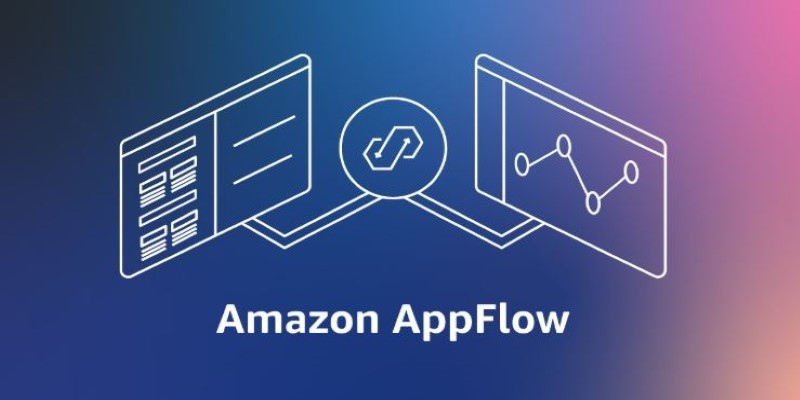
AppFlow is fully managed. AWS handles scaling and maintenance, so there’s no infrastructure to set up or manage. You pick the source and destination, define when and how data should move, and it runs in the background. Security is built in through encryption at rest and in transit, fine-grained access control, and the option to use private AWS connections for sensitive data. With its balance of simplicity and reliability, AppFlow helps businesses handle data movement without needing large technical teams.
The most obvious benefit of Amazon AppFlow is how much it simplifies data integration. Traditionally, companies either hire developers to build custom scripts or pay for heavy ETL software to link systems. Both approaches are time-consuming, costly, and hard to adjust as needs change. AppFlow eliminates that complexity with ready-made connectors and an intuitive interface, making it easy for even non-technical staff to set up data flows.
You can transform and clean data during transfer. This includes filtering rows, mapping fields, and masking sensitive values so the data arrives already prepared for analysis or reporting. For example, you can choose to only transfer records modified in the last day, or automatically anonymize names before loading into analytics tools. This reduces the need for additional steps and ensures the data is more useful immediately.
Automating routine transfers saves time for everyone. Marketing teams can get fresh Salesforce engagement data into S3 without calling IT. Support teams can push Zendesk ticket updates into a data lake to track trends over time. Instead of waiting days for manual imports, teams have up-to-date information when they need it. With fewer manual steps and fewer errors, everyone can make better decisions.
While AppFlow is best known for making data integration easier, its features extend beyond that. Event-driven transfers are one example. A flow can trigger when specific changes happen in a source system, such as a new record being added. This enables real-time updates between systems, which is increasingly valuable in fast-paced industries where immediate insights matter.
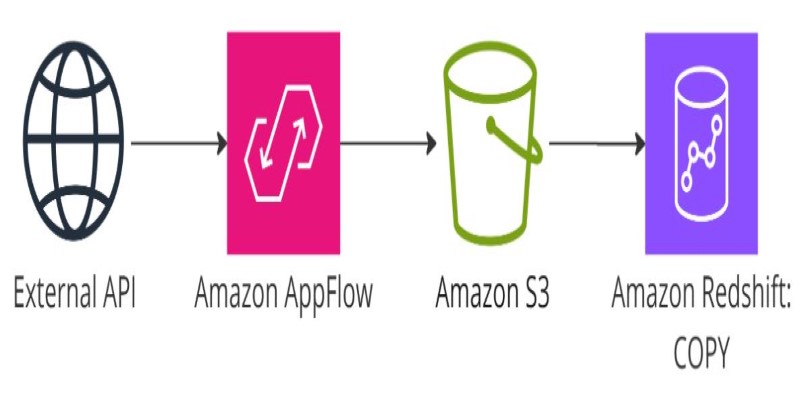
Scalability is another strength. AppFlow can move just a handful of records or millions at a time without extra setup. The service scales automatically as workloads grow, ensuring steady performance whether a business is running small tests or full production pipelines. Teams don’t need to rethink their integration strategy just because data volume increases.
Cost efficiency comes naturally with AppFlow’s pricing model. You pay based on the number of flows you set up and the amount of data transferred. There are no upfront fees or long-term contracts. This is helpful for businesses that only need integrations during certain projects or seasons, avoiding wasted spending on unused capacity.
Security runs throughout the service. Data is encrypted both when stored and during transfer. You can keep sensitive data off the public internet by using private AWS connections. AppFlow also integrates with CloudTrail, so all activity is logged for compliance or audit purposes. For businesses that deal with regulated or personal data, this level of protection is valuable without adding more work for administrators.
Amazon AppFlow stands out because it balances ease of use with flexibility. It gives non-technical employees the tools to set up useful integrations without coding, while still offering advanced options for teams that need them. Its ability to run on a schedule, on demand, or as events happen gives organizations control over when data moves, aligning with their operations naturally.
The growing list of supported SaaS applications is another reason for its popularity. AWS continues adding connectors for commonly used cloud tools, so businesses can usually find support for the services they already use. For teams already invested in AWS, AppFlow fits seamlessly into their environment, working alongside services like Lambda and Redshift to create a smooth data ecosystem.
By breaking down silos and connecting applications, AppFlow helps businesses build a foundation for analytics, reporting, and decision-making. Data scattered across different platforms becomes unified, accessible, and actionable. In competitive industries where timely data gives an advantage, being able to connect and update systems easily helps businesses respond faster and smarter to what’s happening around them.
Amazon AppFlow offers a practical way for businesses to move data between SaaS apps and AWS without unnecessary effort. It handles the heavy lifting — automating flows, transforming data, and keeping transfers secure — so teams can focus on what their data tells them, not how to collect it. Its flexibility, scalability, and real-time options make it fit many use cases, from marketing to support to analytics. With strong security, cost-efficient pricing, and support for popular cloud tools, AppFlow makes connecting data and making sense of it simpler and more reliable for everyone.
Advertisement

Yamaha launches its autonomous farming division to bring smarter, more efficient solutions to agriculture. Learn how Yamaha robotics is shaping the future of farming

Curious about ChatGPT jailbreaks? Learn how prompt injection works, why users attempt these hacks, and the risks involved in bypassing AI restrictions

What happens when two tech giants team up? At Nvidia GTC 2025, IBM and Nvidia announced a partnership to make enterprise AI adoption faster, more scalable, and less chaotic. Here’s how
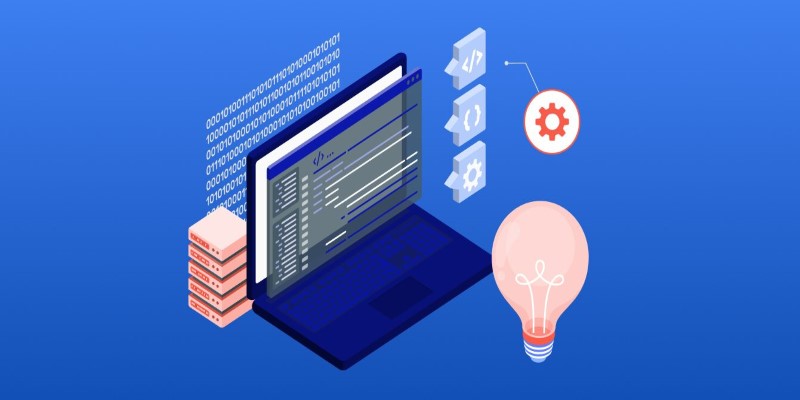
Open models give freedom—but they need guardrails. Constitutional AI helps LLMs reason through behavior using written principles, not just pattern-matching or rigid filters
Advertisement

Discover 7 Claude AI prompts designed to help solo entrepreneurs work smarter, save time, and grow their businesses fast.
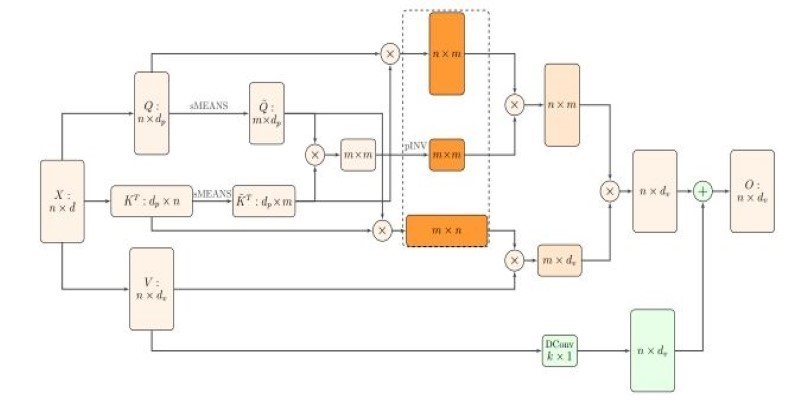
How Nyströmformer uses the Nystrmmethod to deliver efficient self-attention approximation in linear time and memory, making transformer models more scalable for long sequences

AI in Cars is transforming how we drive, from self-parking systems to predictive maintenance. Explore how automotive AI enhances safety, efficiency, and comfort while shaping the next generation of intelligent vehicles

Ahead of the curve in 2025: Explore the top data management tools helping teams handle governance, quality, integration, and collaboration with less complexity
Advertisement
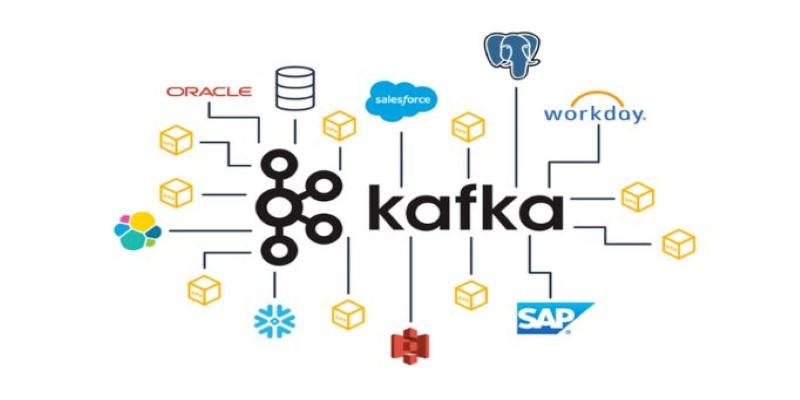
Explore Apache Kafka use cases in real-world scenarios and follow this detailed Kafka installation guide to set up your own event streaming platform

How machine learning is transforming sales forecasting by reducing errors, adapting to real-time data, and helping teams make faster, more accurate decisions across industries
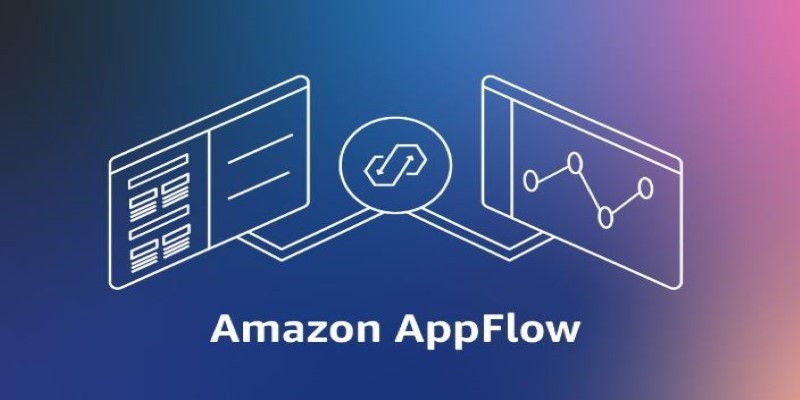
How Amazon AppFlow simplifies data integration between SaaS apps and AWS services. Learn about its benefits, ease of use, scalability, and security features

The future of robots and robotics is transforming daily life through smarter machines that think, learn, and assist. From healthcare to space exploration, robotics technology is reshaping how humans work, connect, and solve real-world challenges